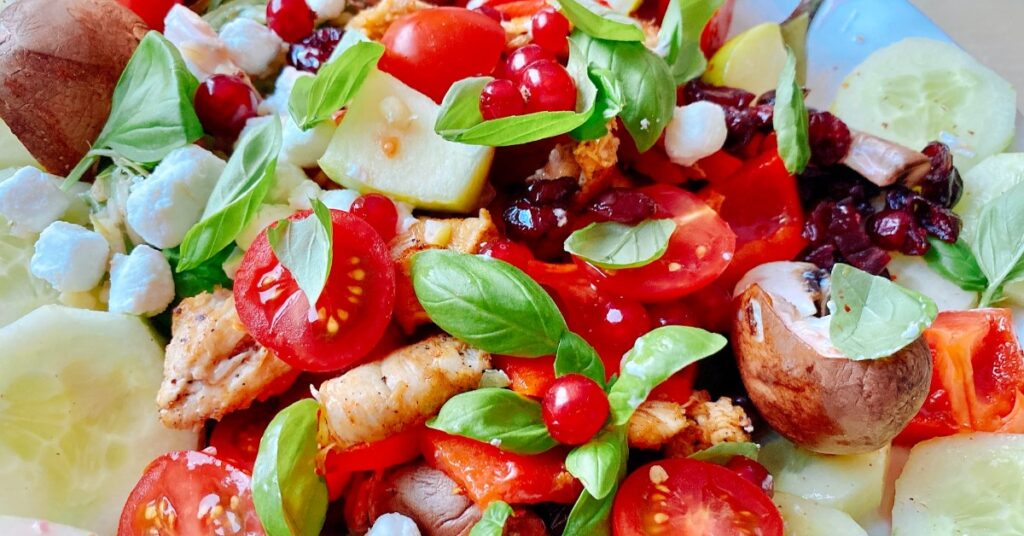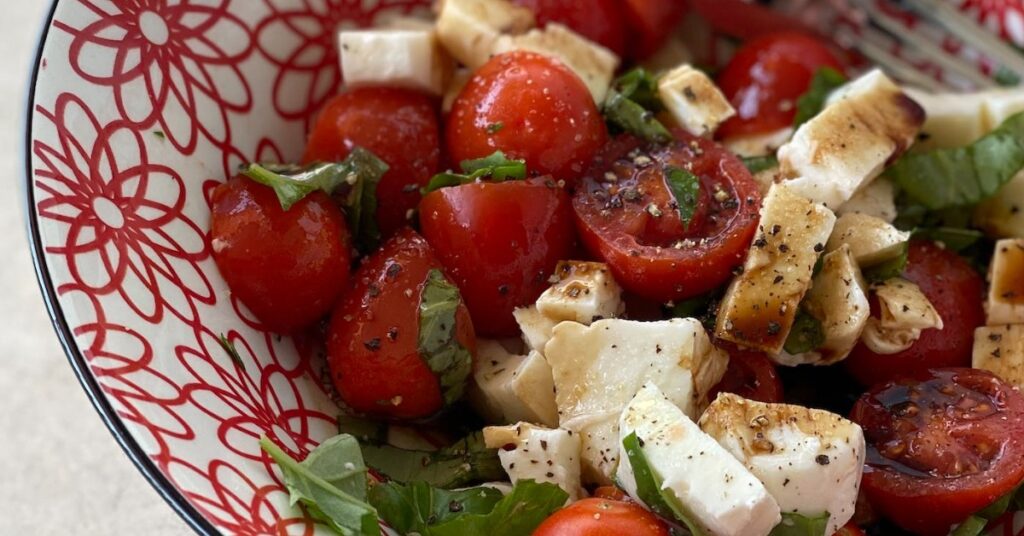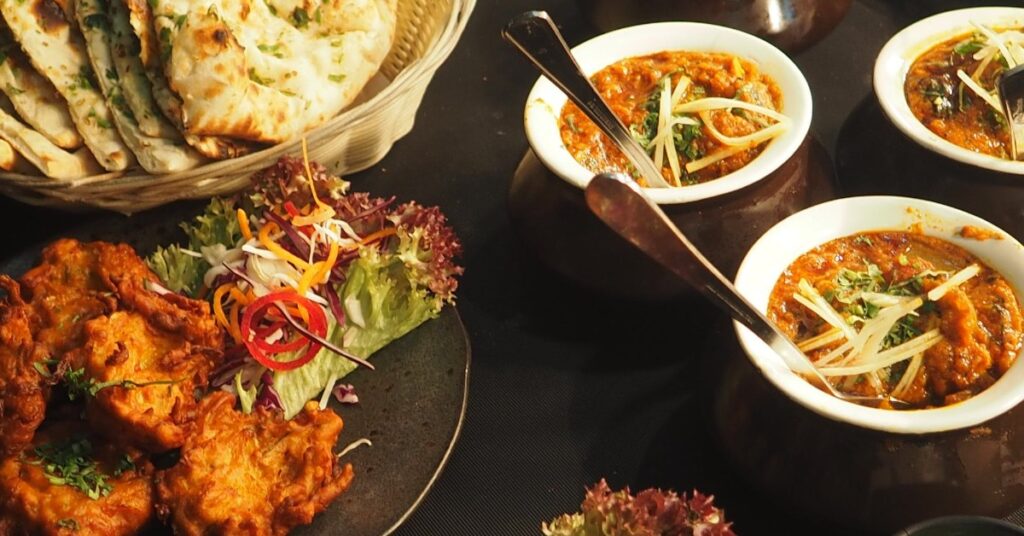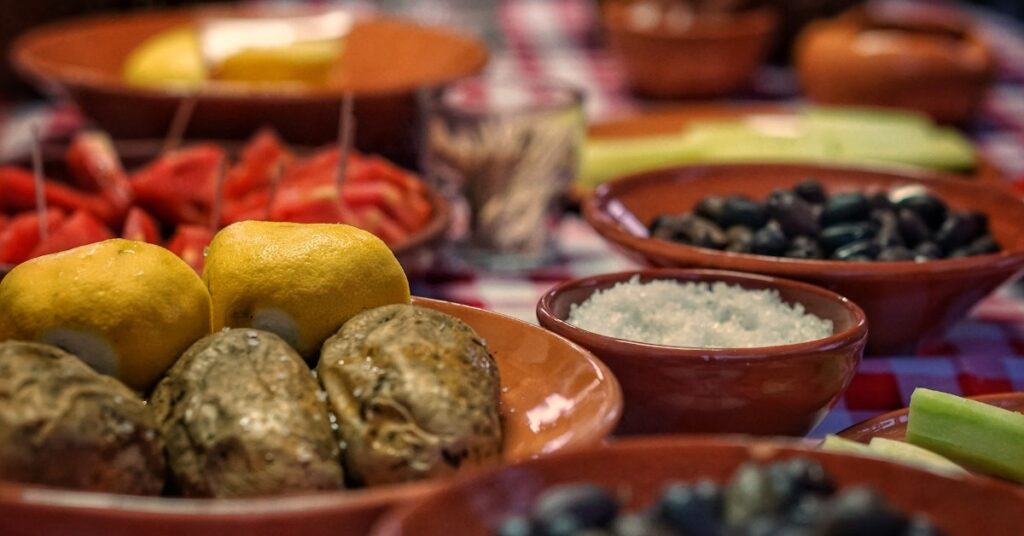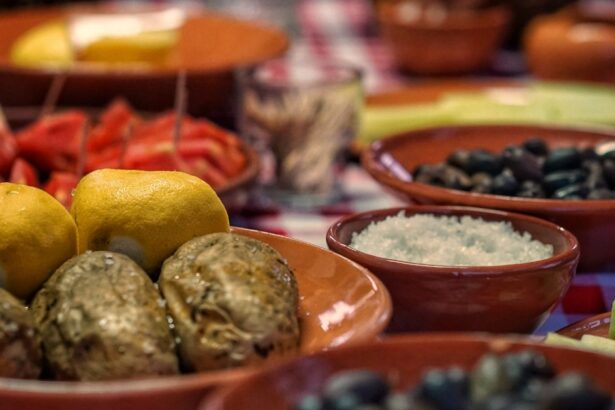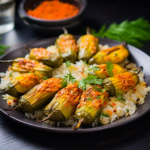Discover the Rich Palette of Greek Meze: From Tzatziki to Dolmadakia
Greece, a nation renowned for its ancient ruins, crystal-clear waters, and, of course, its delectable cuisine. Among the myriad culinary treasures Greece offers, the tradition of Meze is one that stands timeless. Meze refers to a selection of small dishes served as appetizers, a tradition not exclusive to Greece but an integral part of its culinary identity. The beauty of Traditional Greek Meze (Appetizers) lies in its variety and the convivial spirit it evokes.
In Greek culture, dining is more than merely a means to satiate hunger; it’s a social affair. The Meze tradition encapsulates this essence, offering a plethora of tastes even before the main course arrives. From the tang of Tzatziki, the creamy cool yogurt and cucumber dip, to the savory richness of Dolmadakia, the tender vine leaves stuffed with rice and herbs, Greek Meze is a culinary journey of its own.
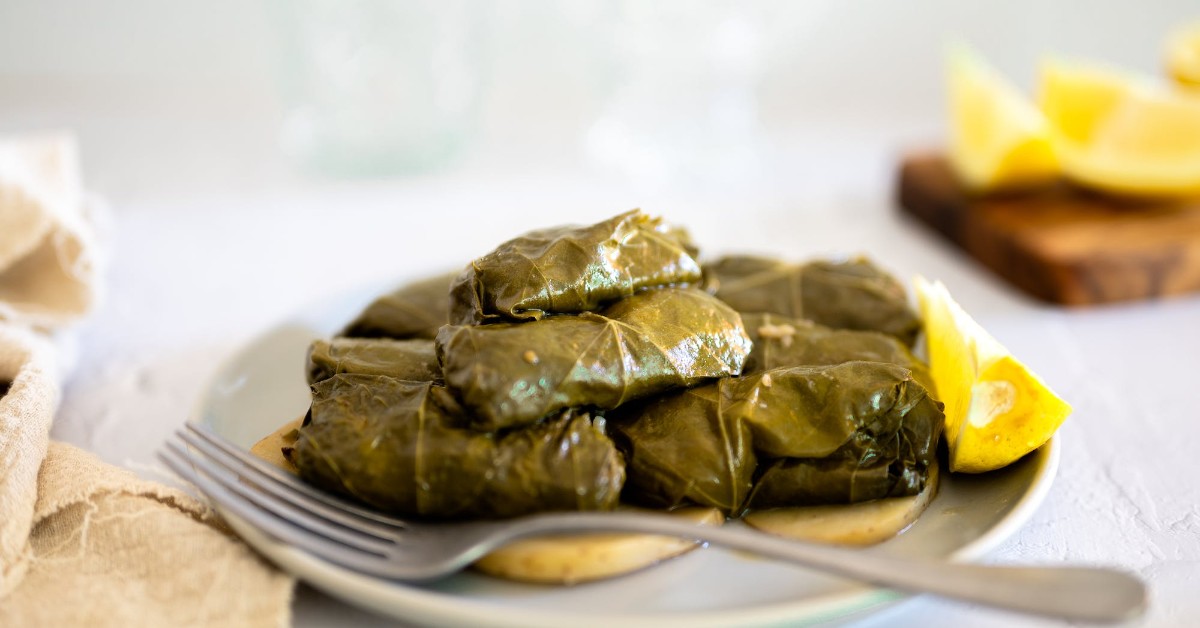
Discover the Rich Palette of Greek Meze: From Tzatziki to Dolmadakia
Each Meze dish tells a story, carries the aroma of Greek soil, the zest of its seas, and the warmth of its sun. The assortment of flavors and textures is akin to a lively Greek gathering; vibrant, warm, and inviting.
- Tzatziki: A quintessential Greek dip, Tzatziki is the cool breeze under a scorching sun. The marriage of yogurt, cucumber, garlic, and dill offers a refreshing start to the Greek Meze voyage.
- Dolmadakia: These delicate rolls of vine leaves encasing a flavorful blend of rice, pine nuts, and herbs are a testament to the finesse inherent in Greek cooking. The tender leaves, the soft filling, and the medley of herbs enchant the palate with every bite.
- Spanakopita: The flaky layers of phyllo pastry embracing a heart of spinach and feta cheese; Spanakopita is a beloved Greek pie that brings a comforting warmth to the table.
- Kalamata Olives and Feta Cheese: Sometimes, simplicity speaks volumes. A bowl of Kalamata olives and chunks of feta cheese drizzled with olive oil is Greek Meze in its most unadorned form.
- Keftedes: These succulent Greek meatballs seasoned with mint, oregano, and garlic are a hearty, meaty contribution to the Greek Meze spread.
The tradition of Meze is not just a prelude to a meal but a celebration of Greek culinary heritage. It’s a dialogue between the diner and the diverse, delectable narrative of Greek cuisine. Each dish, each flavor is a verse in a poem, a note in a melody, inviting you to tune into the rhythm of Greek culinary artistry.
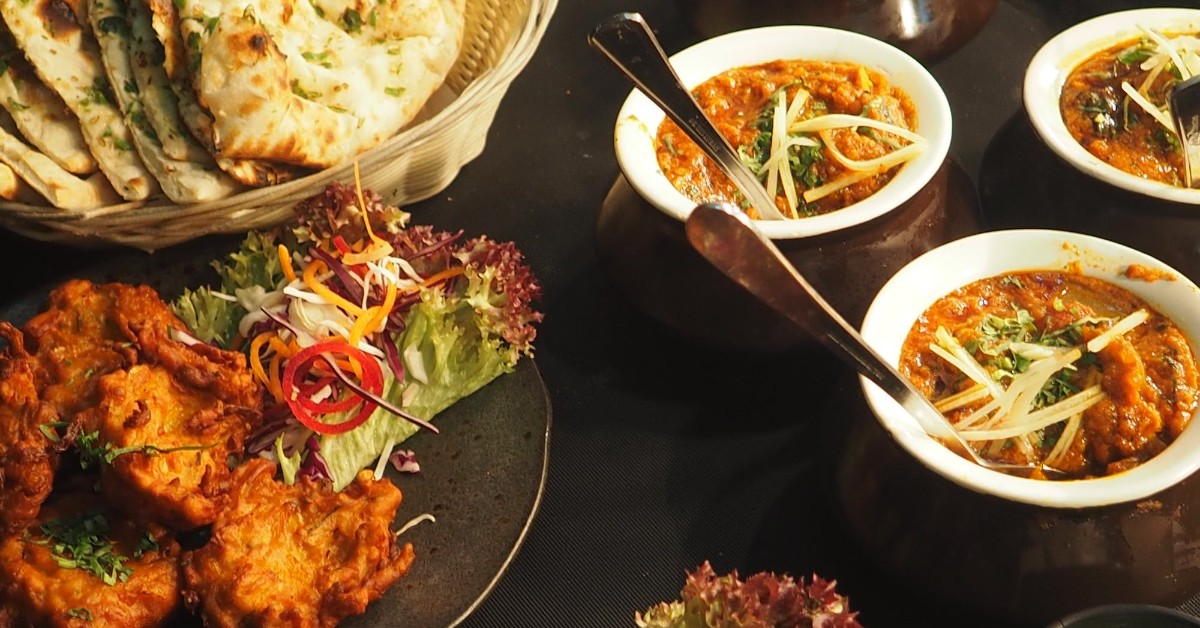
As you delve deeper into the world of Traditional Greek Meze (Appetizers), you uncover the ethos of Greek hospitality, where every meal is an invitation to come together, share stories, and revel in the simple yet profound joy of good food and good company. So, the next time you find yourself at a Greek taverna, embrace the Meze tradition, and embark on a culinary odyssey that transcends beyond the shores of the Aegean, into the heart of Greece’s rich gastronomic heritage.
About Chef on a Bike
Chef on a Bike: Where Tradition Meets Culinary Excellence
Welcome to ‘Chef on a Bike,’ your exclusive gateway to the enchanting world of Greek cuisine. We are your culinary companions, passionate about sharing the rich tapestry of Greek flavors, traditions, and techniques with the world. Our mission? To make you feel like a member of the Greek family, right at home in your kitchen.
Our Culinary Odyssey:
At ‘Chef on a Bike,’ we embark on a captivating culinary odyssey that traverses the sun-kissed landscapes of Greece. From the azure shores of the Aegean Sea to the rustic villages nestled in the hills, we explore the diverse and vibrant spectrum of Greek gastronomy. Our journey is not just about cooking; it’s about celebrating the heart and soul of a culture through its delectable dishes.
The Essence of Greek Cuisine:
Greek cuisine is a symphony of flavors, an ode to fresh ingredients, and a testament to centuries-old culinary traditions. It’s where the simplicity of Mediterranean ingredients meets the artistry of seasoning and preparation. With our guidance, you’ll unlock the secrets behind the iconic dishes that have graced Greek tables for generations.
Q1: What is the Greek dish Meze?
A: Meze, or “mezedes” when referring to multiple dishes, is a traditional Greek serving style where a variety of small dishes are presented together as appetizers. The tradition of Meze is integral to the Greek dining experience, embodying a communal and social dining culture. It allows guests to explore a range of flavors and textures, often enjoyed with alcoholic beverages like ouzo or wine.
Q2: What does a Meze consist of?
A: A Meze consists of an assortment of small dishes, often including dips, bread, olives, cheese, seafood, grilled meats, and various vegetable preparations. The idea is to offer a palette of flavors and textures that can be shared among the diners, promoting a communal dining experience.
Q3: What is a typical Meze menu?
A: A typical Meze menu may include:
- Dips: Such as Tzatziki (yogurt, cucumber, garlic, and dill dip), Hummus, or Melitzanosalata (eggplant dip).
- Breads: Like pita bread or other fresh baked bread.
- Cheeses: Including feta and other Greek cheeses.
- Olives: Kalamata olives are a common feature.
- Seafood: Items like grilled octopus or shrimp.
- Meats: Such as Souvlaki (grilled meat skewers) or Keftedes (Greek meatballs).
- Vegetable Dishes: Like Dolmadakia (stuffed vine leaves) or Spanakopita (spinach and feta pie).
Q4: What does a Mezze platter consist of?
A: A Mezze platter, which is a term often used interchangeably with Meze but can also refer to similar traditions in other Mediterranean and Middle Eastern cuisines, typically consists of a selection of small dishes served on a single platter. Common items on a Mezze platter may include various dips like Hummus and Tzatziki, olives, cheeses, flatbreads, grilled meats, and vegetables. The arrangement allows for easy sharing and sampling of different flavors, making it a communal and sociable dining experience.
Here are websites where you can find Greek recipes and learn more about Greek cooking:
- My Greek Dish – This website offers authentic, traditional, and locally sourced Greek recipes1.
- The Mediterranean Dish – A site for Greek recipes among other Mediterranean recipes2.
- Lemon & Olives – A blog exploring Greek food and culture3.
- BBC Good Food – Greek recipes – A collection of Greek recipes on the BBC Good Food site4.
- Diane Kochilas – Greek Mediterranean Cooking & Cuisine – A site by Greek Chef Diane Kochilas offering various Greek recipes5.
- Katerina’s Kouzina – Authentic Greek recipes and more shared by Katerina Sakelliou6.
- Dimitra’s Dishes – Home-cooked Greek dishes with step-by-step video tutorials7.
- Souvlaki For The Soul – Traditional Greek recipes and Greek food8.
- Greek Food Recipes by Diane Kochilas – Another site by Diane Kochilas focusing on Greek recipes and Mediterranean cooking9.
These websites cover a range of Greek recipes from traditional dishes to modern interpretations, each with its unique style and offerings.
Spocered by Digital Heroes Caffe and Financial Navagator 360
Local Greek Restaurant in Laguna Niguel California
San Juan Capistrano Greek Festival, Sponsored by St. Basil Greek Orthodox Church
